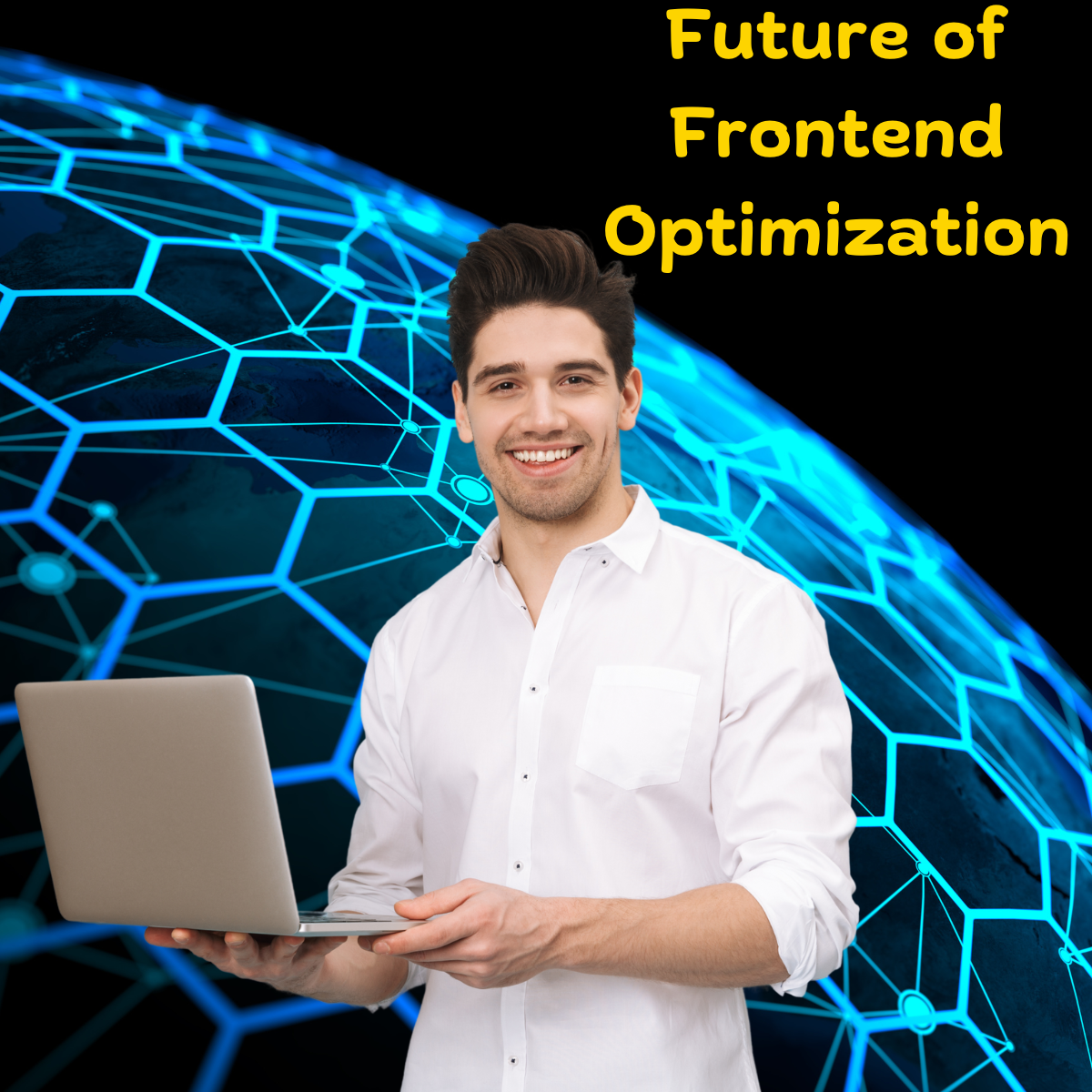Posted At: Aug 18, 2025 - 404 Views

How AI and Machine Learning are Transforming Frontend Performance Optimization 🎯
In today’s digital-first world, frontend performance isn’t just about faster loading speeds—it’s about delivering personalized, adaptive, and seamless experiences. With user expectations at an all-time high, businesses can’t afford sluggish websites or unoptimized interfaces.
This is where Artificial Intelligence (AI) and Machine Learning (ML) are making a transformative impact. By analyzing user behavior, predicting patterns, and enabling real-time adaptation, AI-driven strategies are redefining how developers approach frontend performance optimization.
🔍 Understanding User Behavior with AI
Traditionally, frontend performance strategies relied on generalized assumptions about users. But AI and ML bring precision by analyzing vast amounts of user interaction data—from clicks and scrolls to dwell time and navigation paths.
🏆 Key Benefits of AI-Driven User Behavior Analysis:
- 🔺 Personalized Experiences – AI tailors content loading strategies to each user. A returning visitor might get cached content instantly, while a new user experiences a lightweight onboarding process.
- 🔺 Predictive Analytics – ML algorithms forecast traffic spikes and resource demand by studying historical usage patterns. This ensures stability even during high-traffic events like sales or product launches.
- 🔺 Real-Time Adaptation – AI continuously learns from live interactions, dynamically adjusting loading strategies. For example, if a user frequently engages with video content, the app can preload video resources to minimize wait times.
The result? A user experience that feels intuitive, fast, and uniquely personal.
⬛ Dynamic Loading Strategies with AI
Frontend performance no longer depends on one-size-fits-all optimizations. AI enables dynamic, context-aware loading strategies that respond to user behavior, device capabilities, and location in real time.
📌 Adaptive Resource Loading
- Prioritizing Above-the-Fold Content: AI identifies which elements a user is most likely to engage with first, ensuring that critical content loads instantly.
- Intelligent Lazy Loading: Instead of applying lazy loading uniformly, AI predicts when and where users will scroll, loading images or videos just in time.
📌 Content Delivery Optimization
- Geolocation Analysis: AI routes requests to the nearest Content Delivery Network (CDN) server, cutting down latency and improving responsiveness.
- Device Adaptation: ML algorithms adjust media formats, resolution, and scripts based on device specs (screen size, bandwidth, processing power) to deliver smooth performance across desktops, tablets, and mobiles.
This approach creates an environment where resources are not just loaded quickly but loaded smartly—based on the user’s actual context.
📌 Performance Monitoring and Feedback Loops
One of the most powerful applications of AI in frontend optimization lies in continuous monitoring and self-improvement.
- Real-Time Performance Metrics: AI systems detect issues such as slow rendering, script errors, or layout shifts as they happen—sometimes even before the user notices.
- Feedback Loops for Optimization: ML models refine performance strategies based on recurring usage patterns, creating an evolving system that gets better with time.
- Automated Fix Suggestions: Some AI tools can recommend or even implement fixes instantly, saving developers hours of manual debugging.
By integrating these feedback loops, frontend optimization becomes a living, learning system instead of a static process.
AI and ML are not just enhancing frontend performance—they are redefining it. Instead of relying solely on speed benchmarks, modern optimization focuses on personalization, adaptability, and continuous learning.
For businesses, this means:
- Faster load times that match user context.
- More resilient apps during peak traffic.
- Personalized experiences that boost engagement and retention.
As AI adoption grows, frontend performance will evolve from being a technical afterthought to becoming a core competitive advantage in digital experiences.
